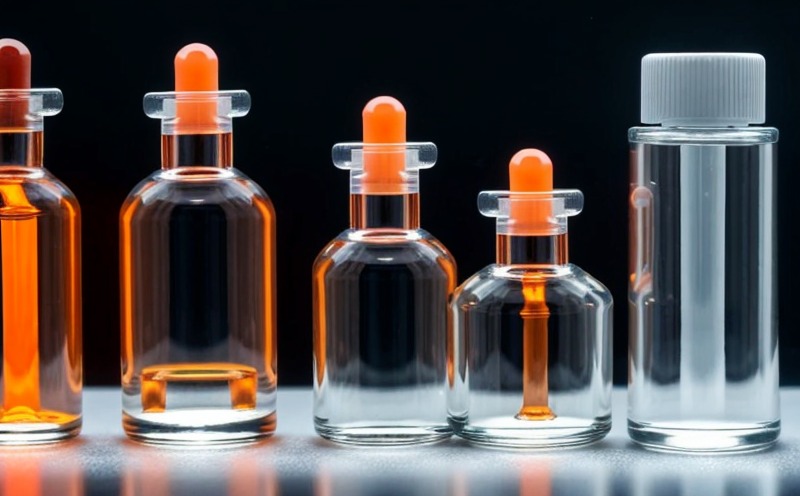OECD TG 404 Acute Dermal Irritation and Corrosion Testing of Nanoparticles
The OECD Test Guideline (TG) 404 is a critical component in the evaluation of nanomaterials for their potential to cause acute dermal irritation or corrosion. This test method is specifically designed to assess the effects of nanoparticles on the skin, ensuring that they do not pose significant risks during industrial use, consumer exposure, or environmental release.
This testing protocol involves exposing a defined amount of the nanoparticle suspension to the intact skin of rodents (typically rabbits) for four hours. The primary endpoints are the observation and measurement of any dermal irritation signs such as erythema (reddening), edema (swelling), and the potential corrosive effects leading to necrosis.
The OECD TG 404 is crucial in nanotoxicology because it provides a standardized approach for assessing dermal toxicity. This ensures that data from various laboratories are comparable, which is essential for regulatory decision-making. Regulatory bodies like the European Chemicals Agency (ECHA) and the US Environmental Protection Agency (EPA) rely on this testing to assess the safety of new nanomaterials.
The test requires a precise understanding of nanoparticle characteristics, including size distribution, surface charge, and aggregation state, as these factors can significantly influence biological activity. Preparing a suitable suspension involves dispersing nanoparticles in an appropriate medium that mimics physiological conditions but is stable under the testing conditions.
Post-exposure, rigorous scoring systems are used to quantify skin irritation and corrosion. The scoring ranges from 0 (no effect) to 4+ for both erythema and edema, with higher scores indicating more severe effects. For corrosive effects, a score of ≥2 is considered positive.
The OECD TG 404 has been pivotal in the regulatory landscape by providing clear guidelines on how to assess dermal toxicity, thus minimizing uncertainties in risk assessment. It helps ensure that nanomaterials are used safely and responsibly, reducing potential health risks for workers and consumers alike.
- Importance of Preparing a Stable Suspension: The stability of the nanoparticle suspension is critical to ensure consistent results across different laboratories. This involves careful selection of dispersants and solvents that prevent aggregation or dissolution during storage and testing.
- Standardized Scoring Systems: Consistent scoring using defined criteria ensures accurate and reproducible results, which are essential for regulatory approval processes.
- Relevant Regulatory Considerations: The OECD TG 404 is aligned with international standards such as ISO 13289:2015 on dermal irritation testing of chemicals. Compliance with these guidelines ensures that the test results meet global regulatory requirements.
The complexity and importance of this test underscore its significance in nanotoxicology and safety evaluation. By adhering to OECD TG 404, laboratories can provide robust data that informs critical decisions regarding the safe use of nanomaterials.
Eurolab Advantages
At Eurolab, we offer comprehensive support for all aspects of OECD TG 404 testing. Our team of experts ensures that every step—from sample preparation to final analysis—is conducted with precision and accuracy. We leverage state-of-the-art facilities equipped with advanced instrumentation to ensure consistent results.
- Expertise in Nanomaterials Testing: Our skilled scientists have extensive experience in nanotoxicology, enabling us to provide accurate and reliable test outcomes.
- Regulatory Compliance: We adhere strictly to OECD guidelines and other relevant international standards, ensuring that our results are accepted by regulatory bodies worldwide.
- Accurate Sample Preparation: Our laboratories use advanced techniques to prepare nanoparticle suspensions that meet the stringent requirements of the OECD TG 404.
- Robust Reporting: We provide detailed reports with comprehensive data analysis, supporting your compliance and decision-making processes.
Partnering with Eurolab means gaining access to cutting-edge technology and experienced professionals who are dedicated to delivering high-quality results. Our commitment to excellence ensures that you can trust our services for all your nanotoxicology needs.





